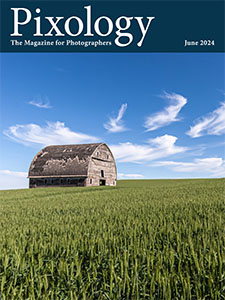Today’s Question: As a follow-up to your answer about working with images in tabs, one of the reasons I use floating windows is so I can drag a layer from one image to another, such as to make a composite. Is there a way to drag a layer from one image to another when they are all in tabs?
Tim’s Quick Answer: Yes, you can drag an image layer to another image in a tab by hovering the mouse pointer over the tab for the destination image as part of the drag-and-drop operation.
More Detail: When you have more than one image open as floating windows it can be a little easier to drag a layer from one image to another, since you can see multiple images at one time. However, as noted in my answer on Monday, having images opened in windows rather than tabs can be a bit cumbersome.
Fortunately, it is quite easy to drag a layer from one image to another even when the images are all opened in tabs.
To get started, select the tab for the image that contains the layer you want to copy to another image that is also open. On the Layers panel click and hold the mouse button on the thumbnail for the layer you want to copy to another image that is open in another tab. Keeping the mouse button held down, hover the mouse pointer over the tab for the image you want to copy the layer to. After hovering for a moment, the image represented by the tab will come to the forefront.
You can then continue dragging until the mouse pointer is over the destination image. If you want to center the image into the destination document hold the Shift key on the keyboard. Then release the mouse, and the layer you dragged from the source document will be copied to the destination image.
Note that you can select more than one layer if you want to copy multiple layers in one drag-and-drop operation. It is also worth noting that the layer will be placed in the destination document directly above the currently selected layer on the Layers panel. You can drag the layer into a different position on the Layers panel after copying it, but you can also ensure it goes where you want it by selecting the layer that you want the new layer to be positioned above in the destination document before dragging-and-dropping from the source document.


